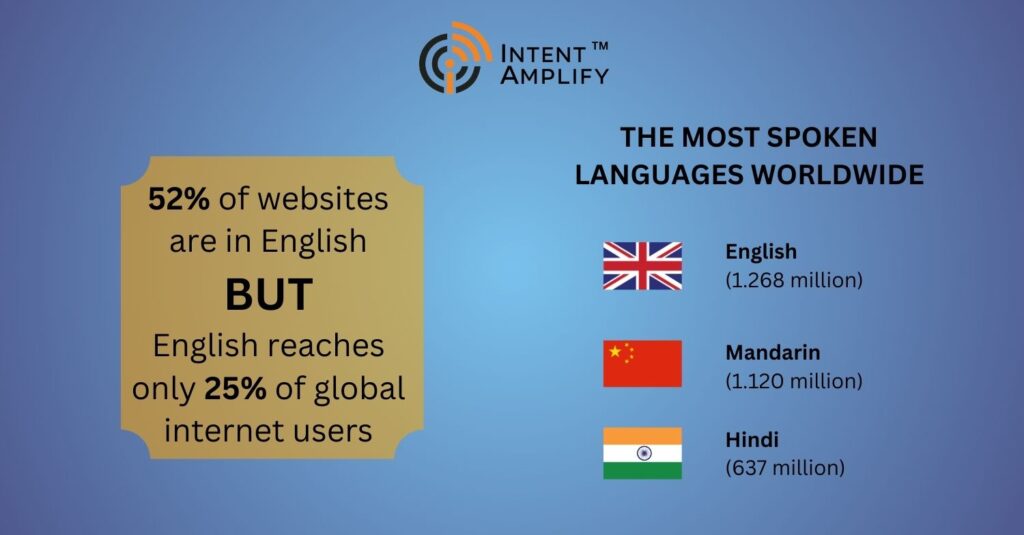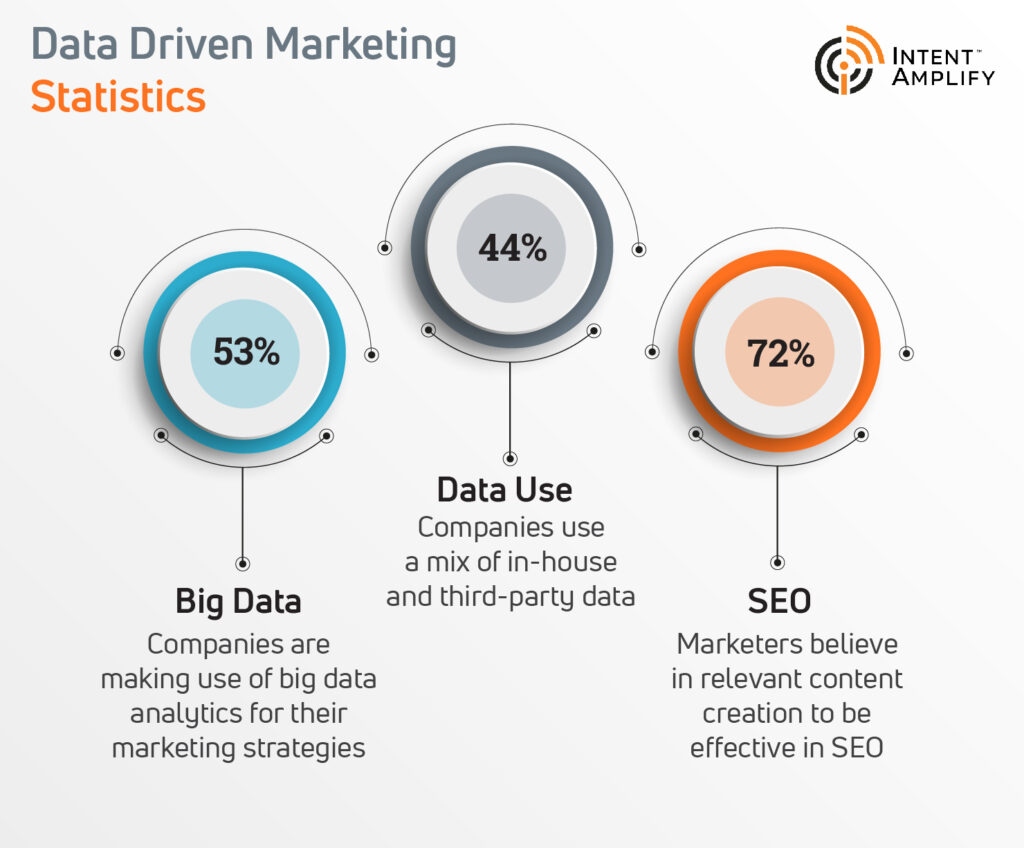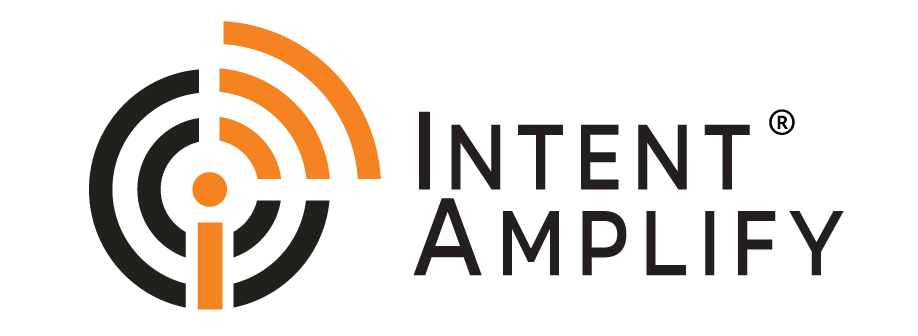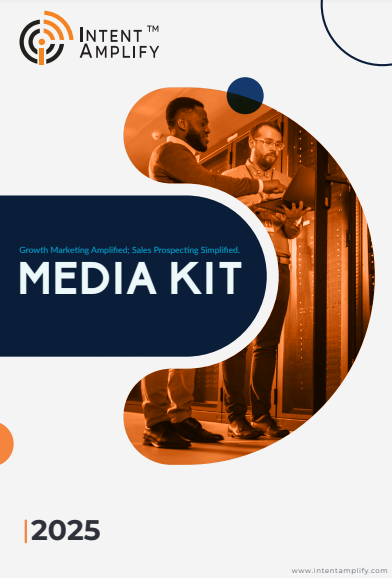
7 Actionable Steps to Revive Your Failing B2B Lead Generation Strategy in 2024
- Last updated on: April 17, 2024
Working with a solid B2B lead generation strategy in 2024 is the backbone of your growth marketing business. In the last 6 months, we have found how B2B lead generation strategy improves inbound conversion rates. If you are still working with the old traditional lead gen tactics from 2023, your chances of amplifying your growth marketing dwindle sharply. In today’s fast and ever-changing marketing environment, a stagnant B2B lead generation strategy could drastically affect your ability to reach the right customers, falling flat at the doorstep of opportunities even as your competitors scale their pipeline growth in 2024 using benchmark practices.
If you think your current tactics are no longer delivering the results they once did, it’s probably indicating a relook tactic into the B2B lead generation strategy in 2024. This blog post will explore some telltale signs that your lead generation strategy is outdated and offer actionable steps to upgrade it for the modern B2B market.
Signs Your B2B Lead Generation Strategy Needs an Upgrade:
1. Dwindling Lead Flow:
Multiple reasons could lead to a steady downfall or drop in your leads volume and quality, eventually affecting your inbound and outbound conversion rates. The top reasons for lead gen fallout rates are:
- Your target audience may have shifted demographics or buying habits or are using different channels to research solutions or their needs have evolved.
- Your messaging could eventually become outdated or irrelevant to the evolving audience in contrast to competitors offering more compelling content or targeting your audience with a fresher perspective.
- Market saturation could also be one of the reasons. Perhaps your industry has become more competitive, and your current tactics are no longer enough to stand out.
When this happens, it leads to fewer sales opportunities, hindering your business growth. A dwindling lead pool can also indicate a disconnect with your target market, potentially leading to missed opportunities with more receptive audiences.
2. Low-Quality Leads:
Sometimes, the number of leads isn’t even the point – how many of these leads can become buyers is the real question.
- You might be attracting leads who are not a good fit for your product or service and hence, they never become your customers.
- Your lead magnets (e.g., ebooks, webinars) might not be addressing the exact pain points of your ideal customer.
- You might not be effectively engaging leads after they initially express interest, leading them to lose interest or pursue other solutions.
Converting low-quality leads into sales is a difficult and time-consuming process. It strains your sales team’s resources and can damage your brand reputation if leads feel misled or bombarded with irrelevant communication.
3. Over-Reliance on Traditional Methods:
Sticking to what you know can feel safe, but the B2B landscape is cut-throat competition. You could lose a significant volume of your lead pipeline if you fail to leverage the latest digital marketing tools and trends.
Traditional methods like cold calling can be less effective in today’s digital world, where buyers expect a more personalized and informative approach. Ignoring modern channels limits your reach and makes it harder to connect with potential customers actively researching solutions online.
4. Neglecting Account-Based Marketing (ABM):
You might not be aware of the benefits of this targeted marketing strategy. Implementing ABM can require dedicated resources to personalize outreach and tailor messaging for high-value accounts.
Focusing on a broader audience can make it difficult to capture the attention of the decision-makers handling the key accounts. Generic marketing efforts might not resonate with the needs and wants of high-value accounts.
5. Limited Measurement and Analysis:
You might not have the proper analytics tools in place to measure the effectiveness of your lead generation campaigns. You might not be sure how to analyze the data you collect or translate it into actionable insights. Without data-driven insights, it’s hard to know what’s working and what’s not, hindering your ability to improve your lead generation efforts. You might be unknowingly investing in tactics that aren’t delivering any results.
Upgrading Your B2B Lead Generation Strategy:
1. Embrace Data-Driven Targeting:
How to do it?
To shift from a broader marketing approach to a more focused one, you need to concentrate your marketing efforts on your ideal customers only. If you have a predefined ICP, use reliable marketing automation platforms to gather data on website visitors, leads, and existing customers.
You can refine your lead generation data collection by investing in:
- Lead generation landing pages
- Lead generation forms
Lead gen forms and landing pages help marketers communicate with their prospects in a clearly defined environment. In addition to delivering exceptional form-filling experiences, the landing pages and lead gen forms built using martech tools “amplify” the brand’s social proof and trustworthiness.
Now, let’s talk about the lead gen data. You can analyze demographics, firmographics (company size, industry), online behavior, and content engagement to identify patterns and build buyer personas. With the help of marketing attribution tools, you can track the effectiveness of different marketing channels and accurately identify where your high-quality leads are coming from.
Benefits:
When you embrace data-driven targeting, you attract leads who are a good fit for your product or service, leading to higher conversion rates. Your resources are better focused on lead gen channels that deliver the best results for your target audience. This gives you the bandwidth to draft detailed content that resonates with the needs and demands of your ideal customer.
2. Create valuable and informative content:
How to do it?
To create content that attracts, educates, and engages your target audience, you must conduct thorough keyword research to identify topics your target audience is searching for online. To be regular and consistent in your postings, you can develop a content calendar that includes a variety of formats, such as blog posts, ebooks, white papers, infographics, and videos. Focus on creating content that addresses your audience’s pain points and showcases your expertise in the industry.
Benefits:
High-quality content positions you as a thought leader and builds trust with potential customers. Posting valuable content can act as lead magnets potentially capturing contact information from interested audience members. Moreover, regularly publishing relevant content helps improve your website’s ranking in search engine results pages, making it easier for potential customers to find you via search queries on browsers.
Multilingual Marketing (if applicable):
Businesses that localize their websites experience an average conversion rate increase of 70%

How to do it?
Multilingual marketing is all about expanding your marketing efforts beyond English to reach international audiences in their native languages. Identify target markets where your product or service has potential. Then, translate your website content, marketing materials, and social media posts into the languages spoken in those markets. Consider the various cultural nuances when adapting your messaging to resonate with different audiences and prospects in your market.
Benefits
With multilingual marketing, you can open doors to a wider pool of potential leads, expanding your market reach. Customers in your target markets feel more valued and engaged when they can access information in their preferred language. This demonstrates a commitment to global expansion and catering to diverse customer needs.

- 44% of companies use a mix of in-house and third-party data
- 53% of companies are making use of big data analytics for their marketing strategies
- 72% of marketers believe in relevant content creation to be effective in SEO
4. Social Selling:
How to do it?
Social selling involves empowering your sales team to leverage social media platforms like LinkedIn to connect with potential customers and build relationships. You can train your sales team on social selling best practices, including creating a professional online presence, engaging in relevant industry conversations, and sharing valuable content. Encourage them to connect with potential customers on LinkedIn, join industry groups, and participate in discussions. Leverage social listening tools to identify leads expressing interest in your industry or facing challenges you can solve.
Benefits:
A social selling plan in your lead generation strategy in 2024 allows your sales team to connect with potential customers on a more personal level before a direct sales pitch. It positions your sales team as industry thought leaders and expands your brand reach within your target market. Additionally, social media allows you to connect with potential customers actively researching solutions, increasing the likelihood of lead conversion.
Leverage Account-Based Marketing (ABM):
How to do it?
A targeted marketing strategy focused on a defined set of high-value accounts. You can leverage account-based marketing by first Identifying a list of companies that are a perfect fit for your product or service and have the potential to generate significant revenue. Research each account to understand their specific needs, challenges, and decision-making processes. Develop personalized marketing campaigns that resonate with each target account, including tailored content, social media outreach, and direct communication.
Benefits:
Focusing on high-value accounts maximizes the return on your marketing investment resulting in increased ROI. Personalized outreach and messaging can expedite the sales process with key accounts reducing sales cycle length. Lastly, building trust and demonstrating a deeper understanding of their needs fosters stronger relationships with key accounts.
6. Invest in Marketing Automation:
Marketing automation increases customer engagement by 300 percent. – apsis.com
Marketing automation and its effect on lead generation
- 80% increase in the number of leads generated.
- 75%+ of businesses have seen a boost in conversions.
- 451% surge in qualified leads.
Sources: Top 25 statistics about marketing automation software 10/2020 , Marketing Automation Report 2021: Lead Generation and Lead Qualification Through Data-Driven Marketing in B2B
How to do it?
Marketing automation enables marketers to automate repetitive tasks such as CRM lead nurturing, content generation, email marketing, and social media scheduling. You can start by implementing a marketing automation platform (MAP) that integrates with your CRM and other marketing tools. Develop automated workflows to nurture leads based on their behavior and interests.
Tip: Marketers could leverage email marketing automation to send personalized messages and track campaign performance. This can generate a higher ROI for your marketing campaigns, and save you time taken to execute the GTM campaigns.
Benefits:
Automation frees up your marketing team’s time to focus on more strategic activities. It automates the B2B lead engagement process with relevant personalized content offers and product information based on intent data. Consistent communication and nurturing as a result of automation help move leads further down the sales funnel.
7. Track and Analyze Your Results:
How to do it?
Tracking and analyzing results involves continuously monitoring the performance of your lead generation campaigns and analyzing data to identify areas for improvement. Set clear goals and KPIs (key performance indicators) for your lead generation efforts. Utilize marketing analytics tools to track website traffic, lead sources, lead conversion rates, and marketing ROI. Regularly review data reports and identify trends to understand what’s working and what’s not.
Benefits:
Tracking your data allows you to base your marketing strategies on concrete data rather than assumptions. It pushes you to continuously refine your approach to maximize the effectiveness of your lead generation efforts. Lastly, it helps you to identity the poor-performing identify channels or tactics that fail to deliver results. You should adjust your budget accordingly to refine your B2B lead generation strategy in 2024 to avoid wastage of resources.
By recognizing the signs of an outdated B2B lead generation strategy and implementing the tips above, you can breathe new life into your B2B marketing efforts. Remember, the B2B landscape is constantly evolving… So, staying ahead of the curve is crucial for success for any marketer working with a B2B lead generation strategy in 2024.
Ready to Amplify Your B2B Lead Generation?
At Intent Amplify, we help businesses like yours develop and execute a robust data-driven B2B lead generation strategy in 2024 delivering measurable real-time results. Our team of experts can help you attract, engage, and convert qualified leads, accelerating your sales pipeline and fueling your business growth.
Contact us today for a free consultation and see how Intent Amplify can help you achieve your lead generation goals.




